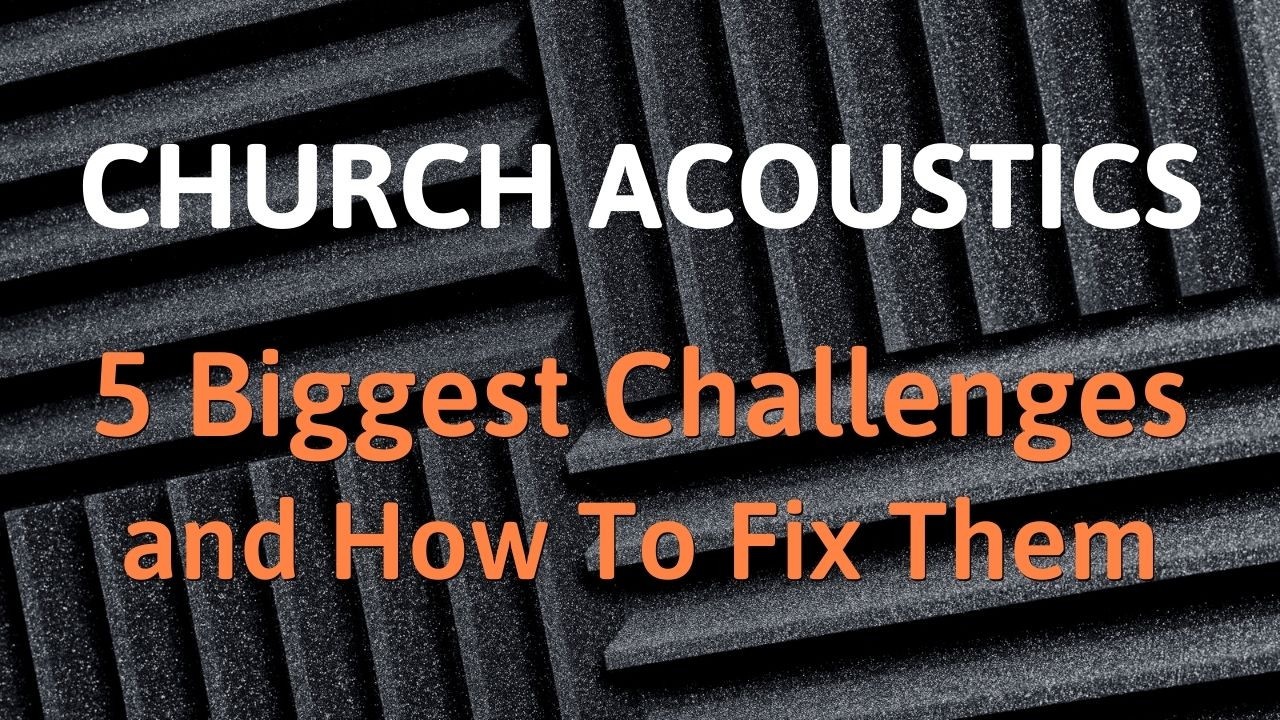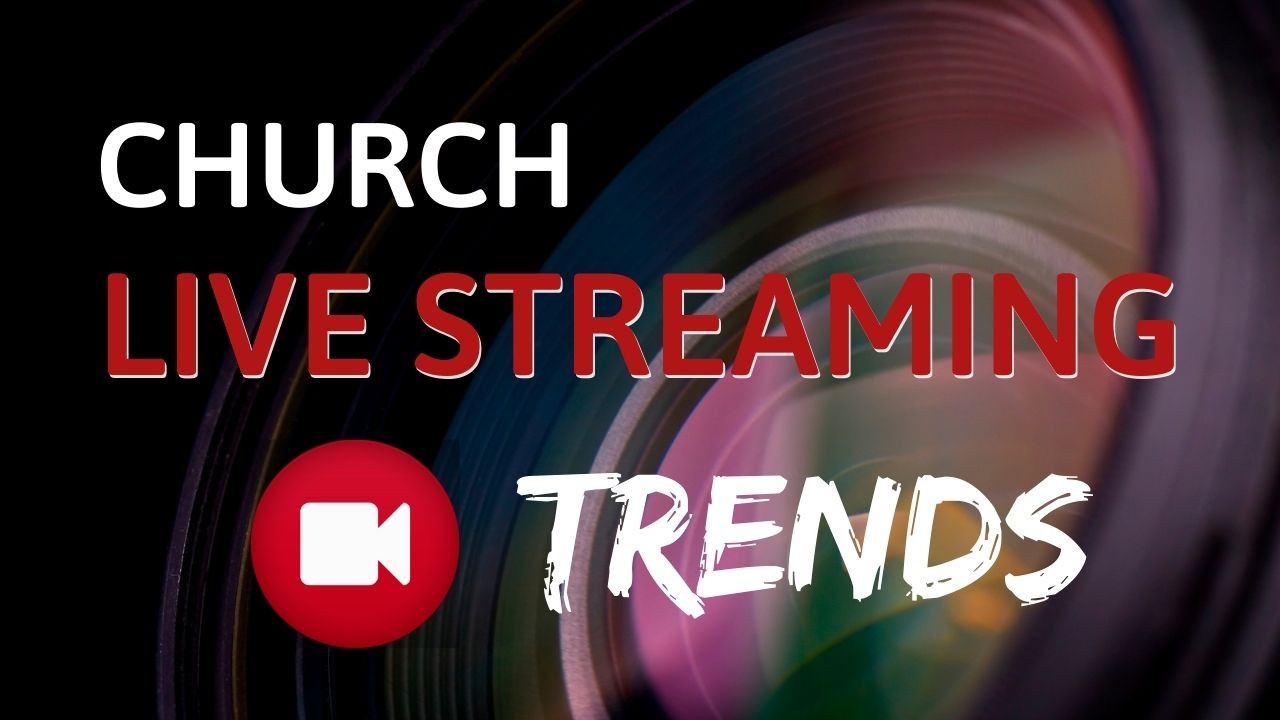Blog
Quick Tips for Church Sound Techs

Sometimes the biggest impact on the quality of your mix at church comes from the simplest things.
I’ve recorded several quick tip videos over the years and I just compiled a few of them into one video to share with you today.
These simple audio tips have helped me be a better sound tech and be more focused on a quality mix.
You’ll learn about proper mic handling, audio cable differences, the tools I keep in my live sound kit, and more.
And you’ll want to pay attention to the last video because it shows you the most important skill every sound tech needs to know – how to wrap audio cables the right way!
Church Sound Sanity Kit

A big part of running live sound at church is being prepared. Live production requires a special set of skills and tools. And sometimes it’s the simplest tools that can save the day.
- What do you do when a mic stand clamp breaks at the last minute?
- How are you going to fix that low quality signal from the electric-acoustic guitar?
- Where is that hum coming from and how are you going to get rid of it, fast!?
Don’t let a last-minute audio emergency ruin your service. Here is a list of things to keep handy for those “just in case” moments.
Church Sound Survival Sanity Kit
Gaffer’s Tape
Always keep a roll or two handy. It’s great for taping down cables on stage, holding gear together, and many other creative uses. The good stuff won’t ...
Volume Levels for Worship

Everyone has an opinion about how loud worship should be at church.
Who’s right? How do you know what the best level is for your church?
The answer depends on several key variables. In this post we’ll address Safety, Music Styles, Acoustics, Volume Targets, and Mixing Techniques. Each of these things will have an impact on your worship volume.
Before sound techs and pastors can arrive at a solution for the worship volume level at church, it is important to cover some basic insights for acceptable and unacceptable volume ranges.
Volume Levels and Hearing
We measure volume in decibels, A-weighted (dBA). Zero dBA is, in theory, the lowest level of sound a human can hear. 140 dBA is an extreme level that results in pain. The average conver...
Church Sound on a Budget

Believe it or not, it is possible to get great sound at church on a modest budget. But the key to getting the best deal on church sound equipment is not just about the price you pay, it’s about the quality you get in return.
Having great sound at your church doesn’t have to be a luxury reserved for large building budgets and a tech department with deep pockets. Even if your church has an older sound system, there are some budget-friendly ways you can enhance the quality of your sound.
In this post you’ll discover some important things that will help improve your church sound on a budget.
It all starts with the input source.
You can’t reproduce good quality audio if you aren’t capturing it well in the first place. Using the right mic in ...
3 Easy Ways to Fix Your Worship Live Stream

The quality of your church live stream depends on a lot of factors. One of the big factors is sound quality. But did you know that you can have the perfect mix in the room, but still not have a great sounding live stream? Here are three ways you can improve your church live stream quality and provide a better experience for your online viewers.
Worship Live Stream Tip #1: Give it space
It's easy for live stream mixes to feel sterile and flat. This can make the viewer feel like they are just viewing the worship service instead of joining the local congregation. There is one easy way to add space and character to your mix: reverb.
Reverb can be applied to the overall mix, or to groups of instruments or vocals. Just remember that a little b...
Church Acoustics: 5 Biggest Challenges and How to Fix Them

Many churches struggle with acoustics. With a small-to-medium sized church, you may not have the budget to hire acoustical engineers or sound designers for your worship space. So, what's a church to do?
In this post you'll discover 5 common acoustic challenges facing most churches. You'll also learn about 5 acoustic solutions that can be implemented by your tech team to improve the overall sound quality in your church.
5 Common Acoustic Problems in Churches
- Outdated building design. The acoustics in the church may have been designed for unreinforced sound. These types of spaces often lack clarity when it comes to reinforced music and amplified speech. (This is common in older churches designed for traditional liturgy and congregational ...
Church Live Streaming Trends

Live streaming technology has become an important topic for churches, pastors, and tech teams looking to deliver a quality online worship experience for their congregation. But the big story for churches isn’t the concept of live streaming or even the technology required. The focus now turns to engagement and how to blend onsite worship with the online experience.
There are several emerging trends for creating a quality live streaming worship experience that can benefit the entire congregation.
Broadcast vs. Engage
One of the most important decisions a church can make is where they live stream services. This choice leads to other factors that will affect congregation participation, outreach, and more.
Most of us are familiar with one-to...
How to Set Tech Goals for Your Church

Change is something that is certain for all us, and that includes our church tech systems. Your electronic equipment won’t last forever. So, what’s your plan when something needs to be repaired, replaced, or upgraded?
While it might seem obvious to set tech goals for some of the bigger projects, it is equally important to plan for smaller maintenance tasks.
Planning and goal setting help save money on church technology, now and in the future.
Setting Tech Goals
Goal setting is similar to planning, but it provides a broader framework and vision to work from.
Identifying clear long-term and short-term goals for church technology will help during the planning process. Having clear goals also allows for creative thinking in how to achieve ...
2 Awesome Tips for Simple Church Sound

Church sound can feel pretty complicated and overwhelming at times. There is so much to keep track of, especially for a beginner.
And when you add mixing effects (like EQ and reverb), live streaming, and finding help on the tech team, it can seem like an impossible job to get perfect.
I know what that feels like. It’s exciting to serve and “make things work” every week. But it’s also challenging to get it right all the time.
My biggest problem used to be figuring out how to control feedback. Then it was learning to EQ and training my ear. And finally it was the dreaded team building and management. Ahhhhh!
If you’ve served on the tech team for any length of time, I’m sure you can relate to one or more of those feelings – and probably a ...
How to Mix with EQ, Panning and Reverb

Mixing live sound can seem like it’s all about volume control, but it’s more involved than simply raising or lowering the faders of various audio sources.
You’ll want to use a few simple tools to help create a mix that has depth, texture, clarity, and focus.
Fortunately most consoles have these simple tools built in (yes, even analog consoles).
EQ – the most powerful mixing tool
EQ can do more for your sound than just about any other gadget in your audio toolbox.
Use EQ to clean up your mix, separate instruments that may be competing with each other, and shape the overall tone of your soundscape.
Use high pass (also called low cut) filters to reduce low frequency rumble in channels that don’t need the low end, like vocals.
Dial in th...





